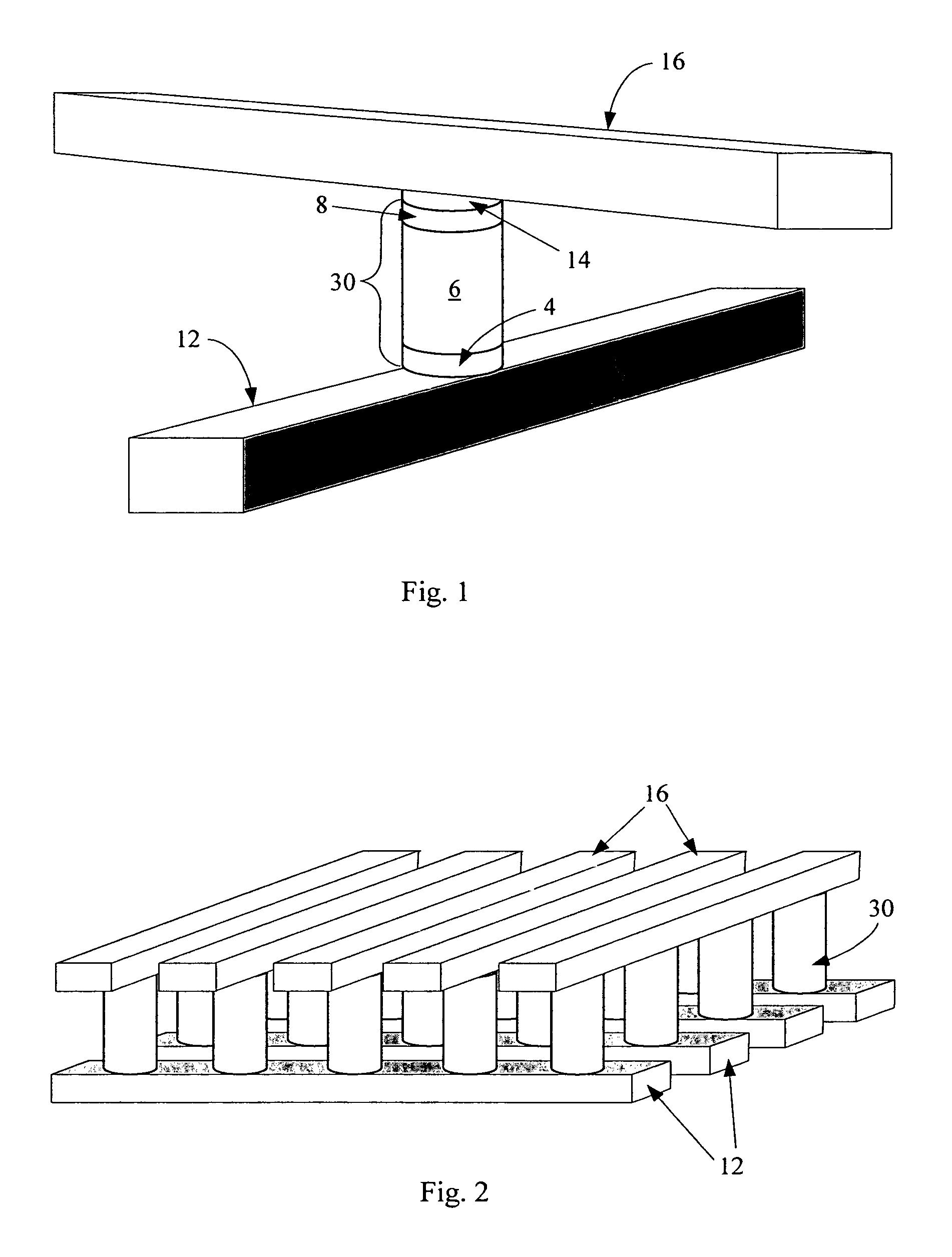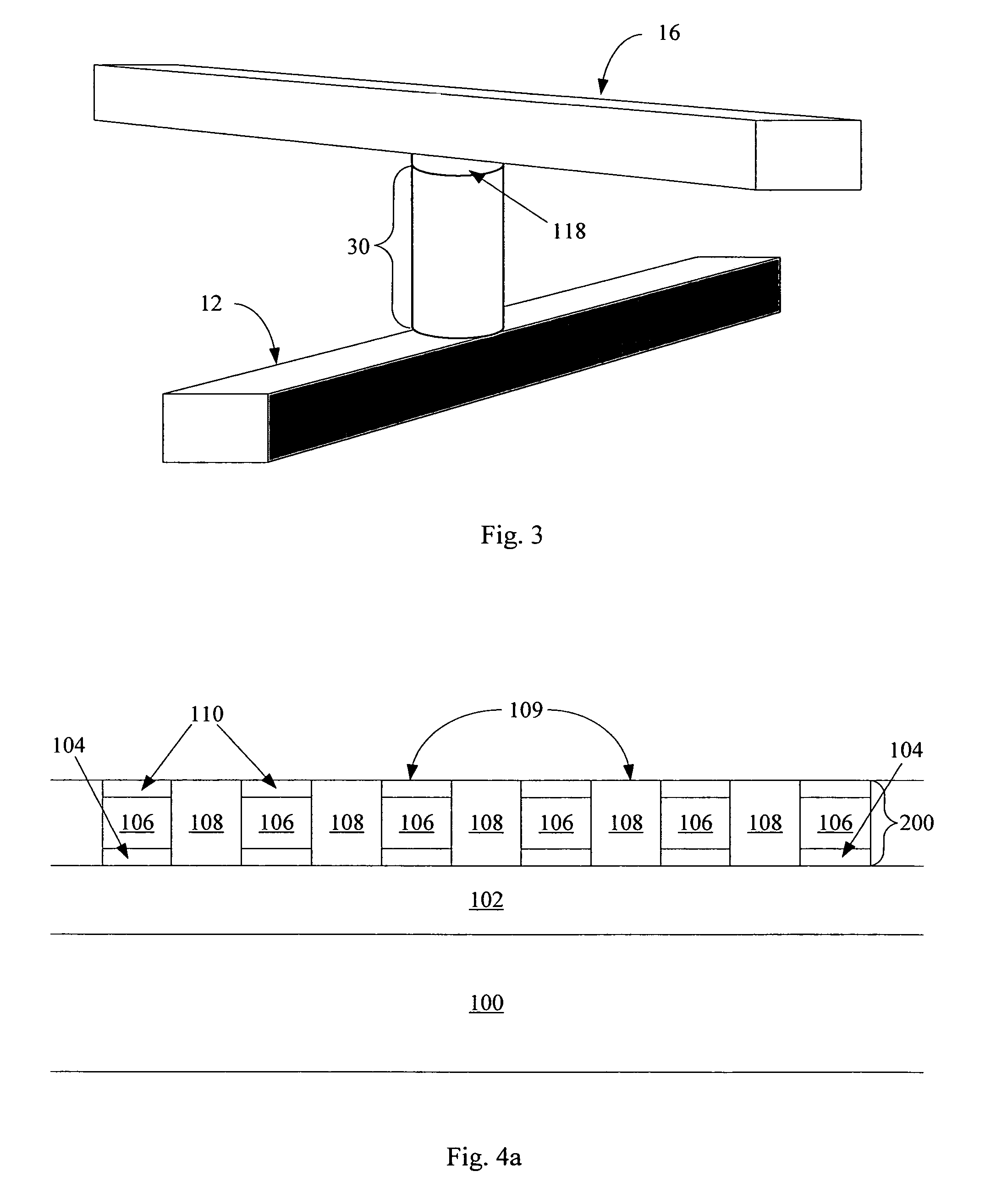Low-temperature metal-induced crystallization of silicon-germanium films
a technology of silicongermanium and low temperature, applied in the field of low temperature crystallization method of silicongermanium film, can solve the problems of low thermal tolerance, adverse effects of high temperature required to crystallize deposited semiconductor materials such as silicon and silicon-germanium alloys, and inability to use desirable conductive materials
- Summary
- Abstract
- Description
- Claims
- Application Information
AI Technical Summary
Problems solved by technology
Method used
Image
Examples
Embodiment Construction
[0004]The present invention is defined by the following claims, and nothing in this section should be taken as a limitation on those claims. In general, the invention is directed to crystallization of a deposited silicon-germanium alloy film.
[0005]A first aspect of the invention provides for a method for crystallizing a semiconductor film, the method comprising: depositing a film of a silicon-germanium alloy at a temperature below about 490 degrees C.; depositing a layer of a metal catalyst selected from the group consisting of nickel, cobalt, ruthenium, and aluminum, the metal catalyst in contact with the silicon-germanium film; and crystallizing the silicon-germanium alloy film at a temperature below about 490 degrees C.
[0006]A preferred embodiment of the present invention provides for a method for forming a first memory level comprising a plurality of first memory cells, the method comprising: depositing a film of a silicon-gernanium alloy at a temperature below about 490 degrees...
PUM
| Property | Measurement | Unit |
|---|---|---|
| thickness | aaaaa | aaaaa |
| thickness | aaaaa | aaaaa |
| thickness | aaaaa | aaaaa |
Abstract
Description
Claims
Application Information
 Login to View More
Login to View More - R&D
- Intellectual Property
- Life Sciences
- Materials
- Tech Scout
- Unparalleled Data Quality
- Higher Quality Content
- 60% Fewer Hallucinations
Browse by: Latest US Patents, China's latest patents, Technical Efficacy Thesaurus, Application Domain, Technology Topic, Popular Technical Reports.
© 2025 PatSnap. All rights reserved.Legal|Privacy policy|Modern Slavery Act Transparency Statement|Sitemap|About US| Contact US: help@patsnap.com



